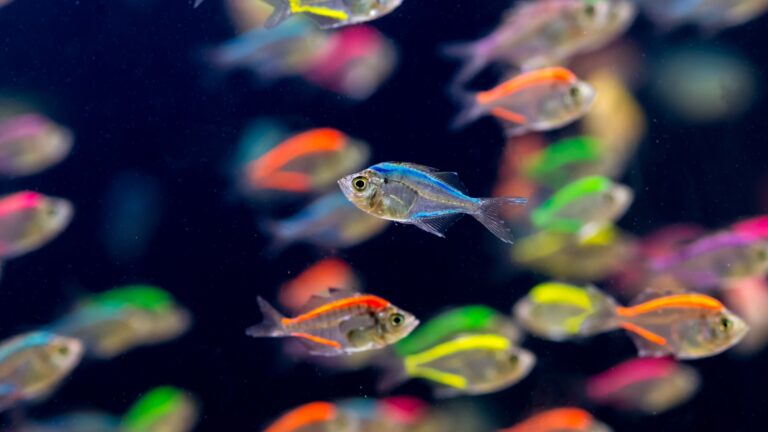This Alien-Like Creature Was Just Discovered In One Of Earth’s Deepest Trenches
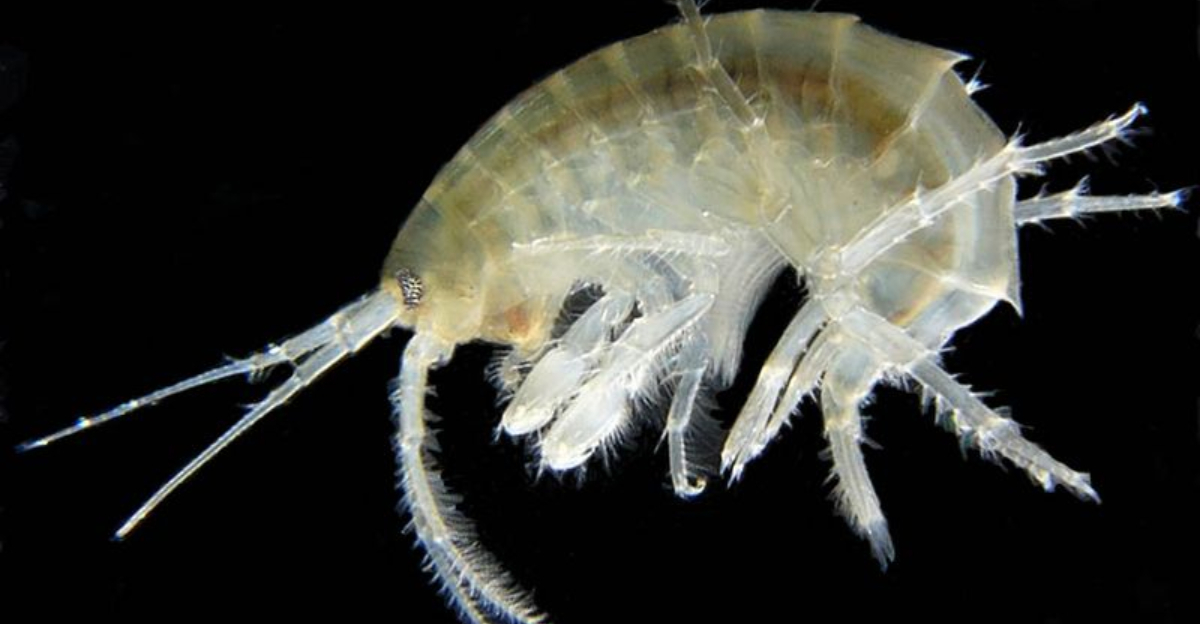
Scientists exploring the mysterious Atacama Trench have stumbled upon something extraordinary – a ghostly predator lurking nearly 8,000 meters below the ocean’s surface.
This newly discovered amphipod isn’t just another deep-sea critter; it represents an entirely new genus with hunting abilities rarely seen in the crushing darkness of hadal zones. Its discovery challenges what we thought possible about life in Earth’s most extreme environments.
1. Uncharted Depth Debut
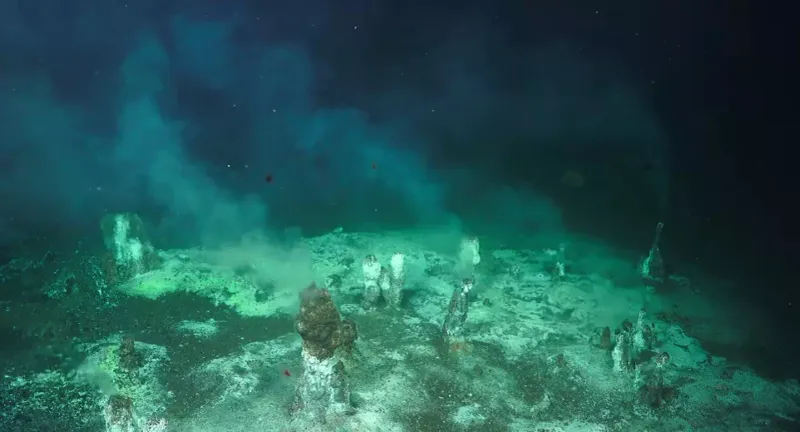
Found at a staggering 7,902 meters deep, this creature marks a scientific milestone as the first large predatory amphipod documented at such extreme depths.
Researchers aboard the 2023 IDOOS expedition couldn’t believe their eyes when sampling equipment returned with these pale hunters from the abyss. Their existence rewrites our understanding of what thrives in the ocean’s darkest frontiers.
2. A New Genus (Yes, Really)
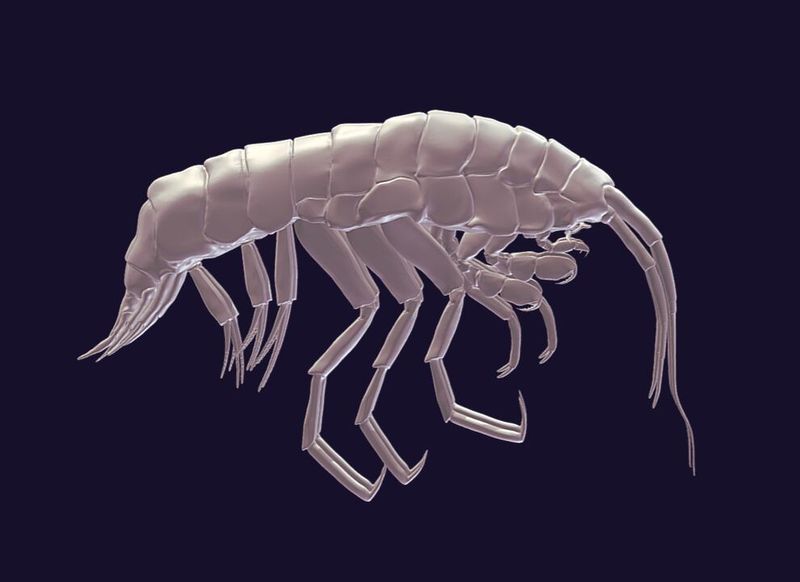
Scientists didn’t just find a new species – they discovered an entirely new branch on life’s evolutionary tree!
Genetic sequencing revealed this creature’s DNA differs significantly from all known amphipods. Its unique physical characteristics and genetic markers confirmed what researchers suspected: this pale hunter represents not just a new species, but the founding member of a completely undocumented genus.
3. “Darkness” By Name
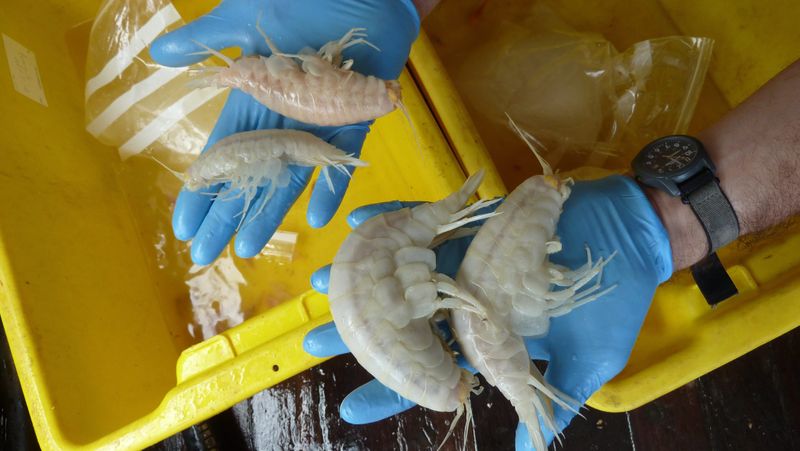
What do you call a creature from the pitch-black depths? Scientists chose “camanchaca” – an Andean word meaning “darkness” or “obscurity.”
This poetic name pays homage to both the creature’s habitat and the indigenous cultures near the Atacama Trench. The local Andean people use this term for the dense coastal fog that rolls in from the Pacific – much like the mysterious depths this creature calls home.
4. Nearly 2 Inches Of Predator
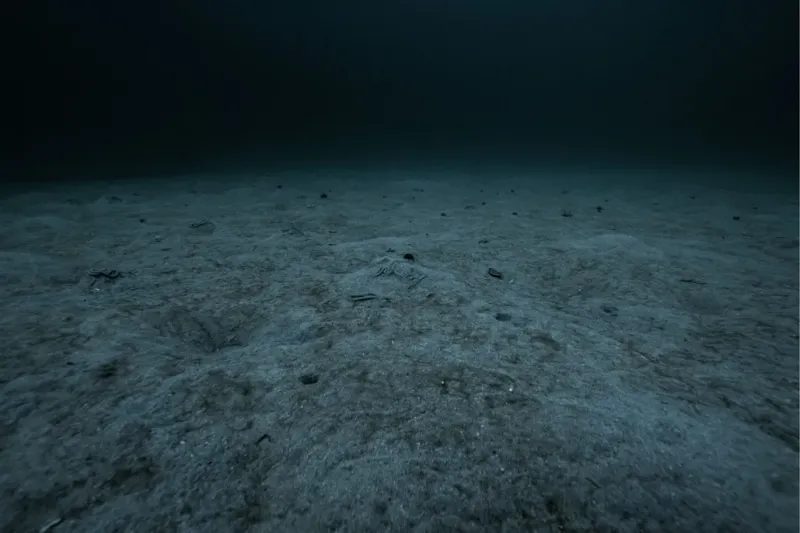
Size matters in the deep sea, where most creatures remain tiny to conserve energy. At nearly 4 centimeters long, this amphipod is a veritable giant!
Twice the size of typical amphipods found at similar depths, its substantial dimensions hint at its predatory lifestyle. Researchers believe this increased size provides advantages when hunting smaller creatures in the resource-scarce trench environment.
5. Ghostly Appearance
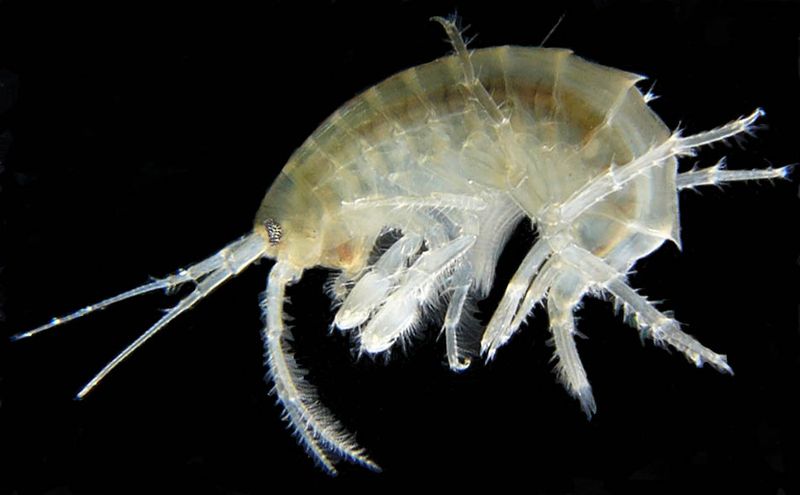
Hollywood sci-fi designers couldn’t have created a more alien-looking creature! With its translucent exoskeleton and eerie pale coloration, this amphipod seems almost spectral.
Some observers have compared it to the “Facehugger” from the Alien film franchise due to its segmented body and peculiar appendages. Its otherworldly appearance perfectly suits the strange, high-pressure realm it inhabits – a reminder that Earth’s deepest oceans remain as alien as distant planets.
6. Built For Hunting
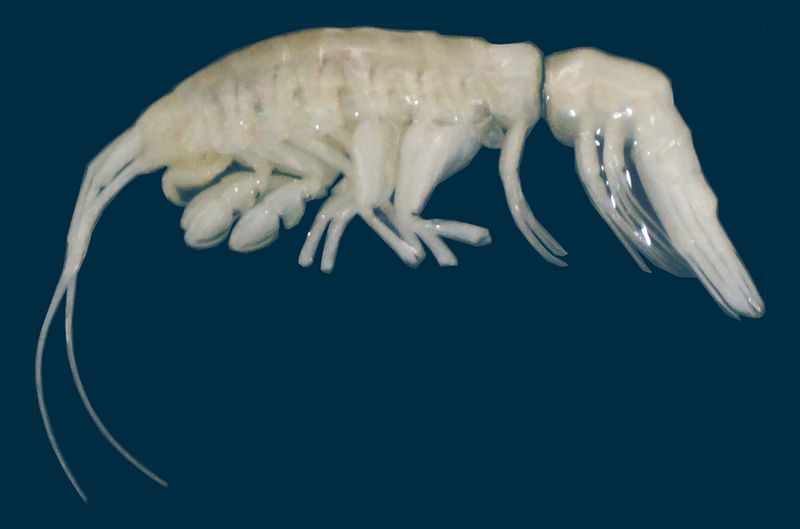
Unlike typical deep-sea scavengers waiting for food to fall from above, this creature actively hunts its prey!
Armed with specialized raptorial appendages called gnathopods, it’s equipped to grab and hold smaller amphipods. These powerful limbs function like the hunting arms of a praying mantis, allowing for swift capture of prey – an unusual adaptation for creatures living in the energy-conservative deep sea.
7. Fast Swimmer
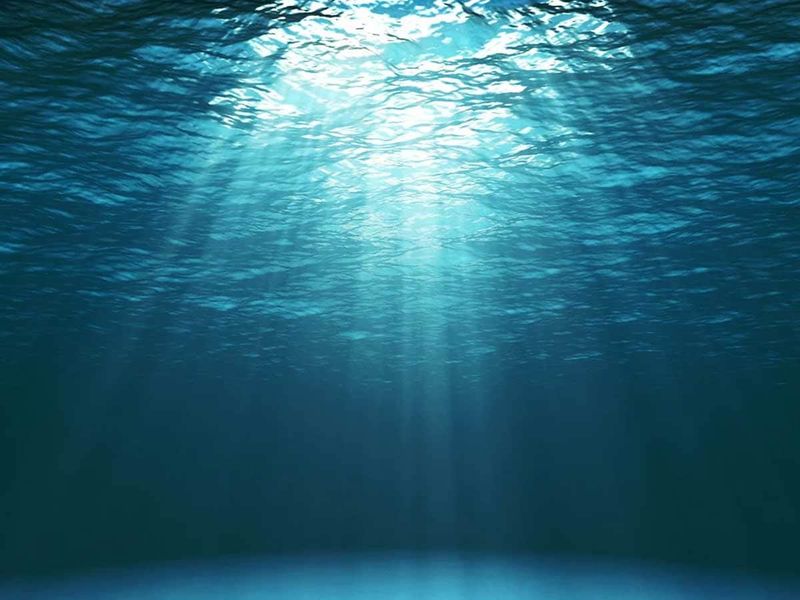
Speed isn’t common in the deep sea, where most creatures move slowly to conserve precious energy. Yet this amphipod breaks the rules!
Researchers were astonished by its swimming abilities, describing it as remarkably fast-moving compared to other hadal zone inhabitants. This unusual mobility enables effective hunting in near-freezing waters where most creatures barely crawl along. Scientists are still studying how it achieves this energy-intensive feat.
8. Habitat Island
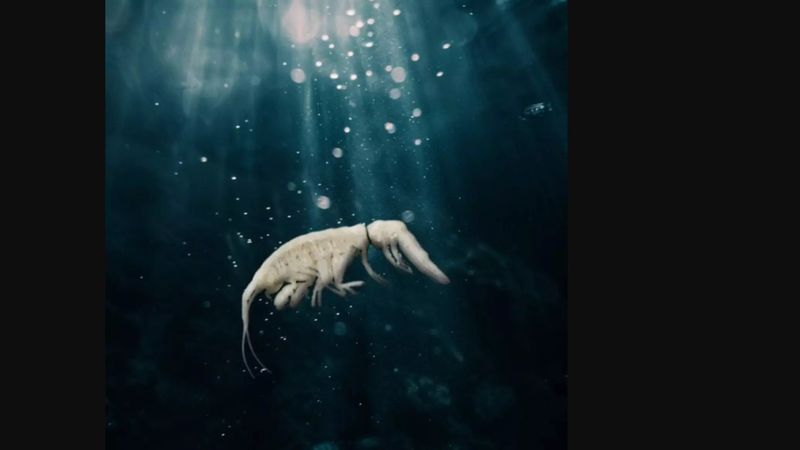
The Atacama Trench isn’t just any deep spot – it’s an evolutionary laboratory isolated from other ocean trenches!
Stretching along Chile’s coast, this underwater canyon creates a unique environment where species evolve independently. Like the Galápagos Islands shaped unique finches, this isolated trench has fostered distinct lifeforms found nowhere else. Our amphipod friend adds to growing evidence that the Atacama Trench is a hidden biodiversity hotspot.
9. Extreme Pressure Survivor

Imagine the weight of 1,100 cars stacked on your fingertip – that’s the pressure this creature withstands every second!
At nearly 8,000 meters deep, water pressure reaches an astounding 1,100 atmospheres (16,000 pounds per square inch). Most surface creatures would be instantly crushed, yet this amphipod thrives. Its cellular structures and proteins have special adaptations preventing compression, demonstrating life’s remarkable resilience in extreme conditions.
10. Mouth Of Mandibles And Mystery

Peering into this creature’s mouth reveals specialized hunting hardware perfectly evolved for life in perpetual darkness!
Its mandibles – the equivalent of jaws – feature unique serrations and cutting edges unlike those of scavenging amphipods. Combined with its slender yet robust frame, these specialized feeding appendages allow efficient prey capture and processing. Each anatomical detail reveals evolutionary adaptations to the trench’s harsh conditions.
11. Global Collaboration
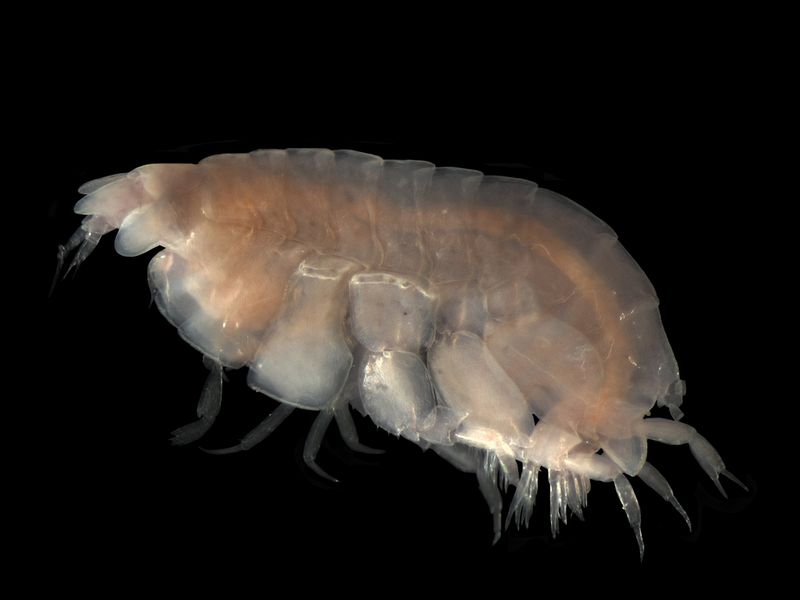
Finding creatures from Earth’s deepest regions requires international teamwork and cutting-edge technology. Scientists from Chile’s Instituto Milenio de Oceanografía joined forces with America’s Woods Hole Oceanographic Institution for this breakthrough discovery.
Aboard the research vessel Abate Molina, they deployed specialized pressure-resistant equipment capable of sampling the trench floor. This collaboration highlights how modern deep-sea exploration crosses national boundaries in pursuit of scientific knowledge.
12. Four Samples, Endless Questions
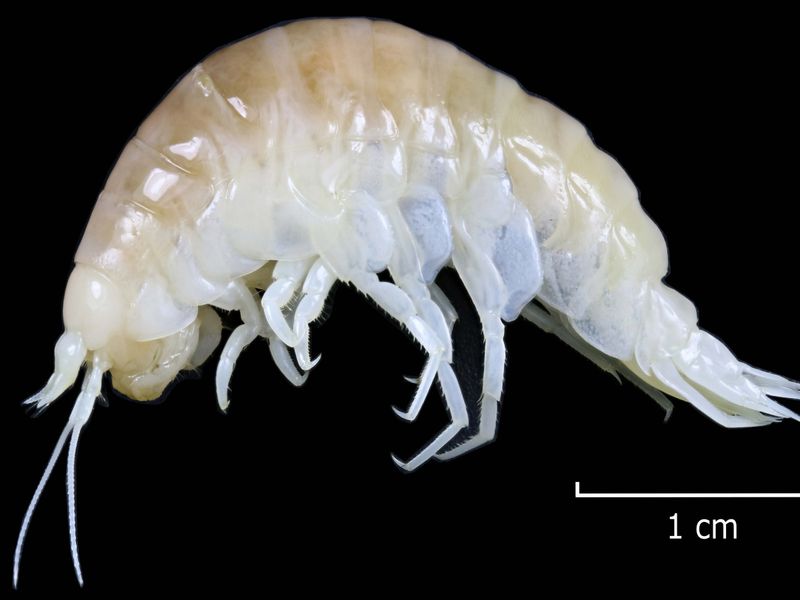
Sometimes the biggest scientific revelations come in small numbers. Only four specimens of this mysterious amphipod have been collected so far – barely enough to confirm its existence!
Each precious sample required hours of careful work with specialized equipment. Despite this limited collection, these four individuals have generated dozens of scientific questions about deep-sea adaptation, evolution, and biodiversity. Researchers hope future expeditions will yield more specimens for comprehensive study.
13. Trench Biodiversity Clue
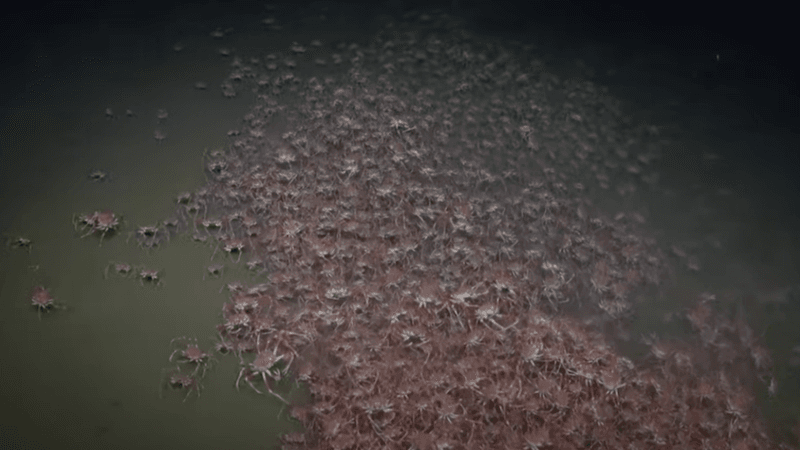
Who would expect active predators nearly 8,000 meters deep? This discovery reshapes our understanding of deep-sea food webs!
Previously, scientists believed hadal zones were dominated by scavengers and deposit feeders surviving on marine snow – organic matter drifting from above. Finding a specialized predator suggests more complex ecosystems exist in these trenches than previously thought. The unexpected presence of this hunter indicates richer biodiversity and more intricate ecological relationships.
14. Why It Matters
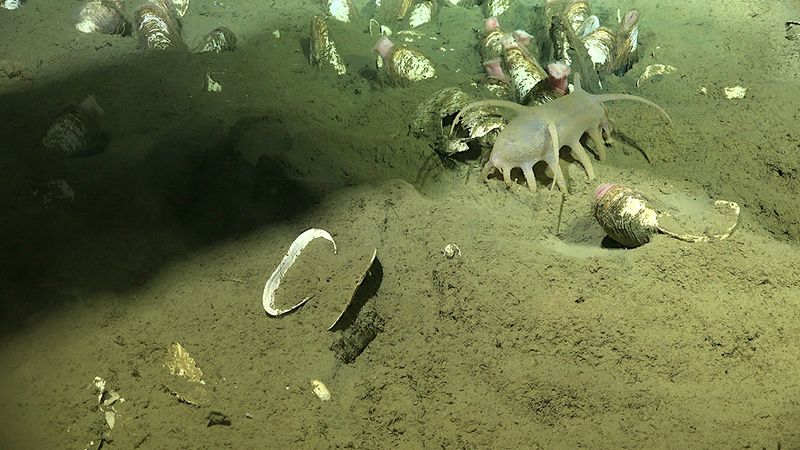
Beyond scientific curiosity, this ghostly hunter carries important lessons for humanity. Understanding how life adapts to extreme environments provides insights for multiple fields of study.
Its unique proteins might inspire new pharmaceuticals or industrial enzymes that work in unusual conditions. Its adaptations could inform astrobiologists searching for life on ice-covered moons like Europa. Most importantly, such discoveries remind us how little we know about our own planet’s depths – and why protecting these unexplored realms matters.




